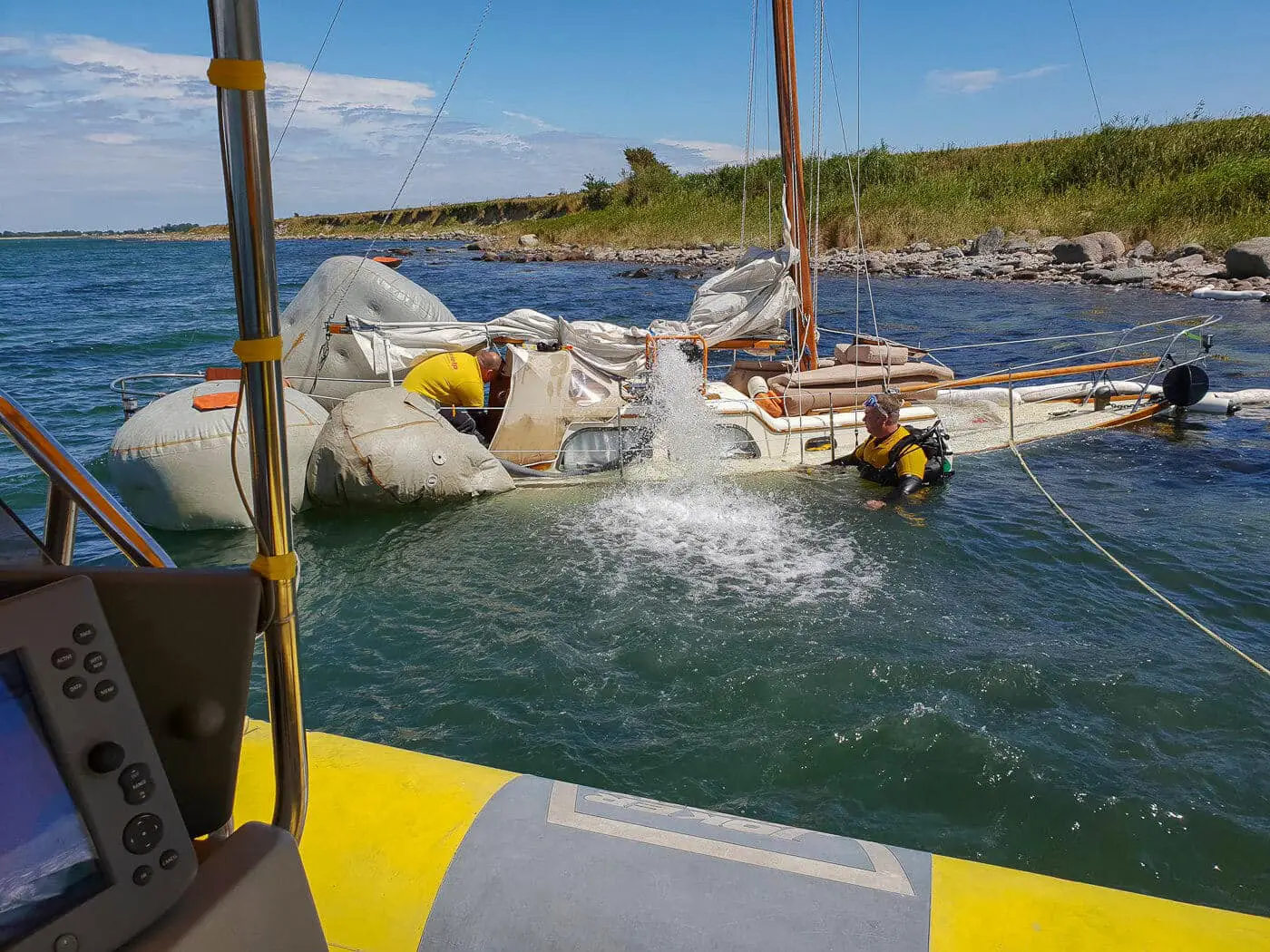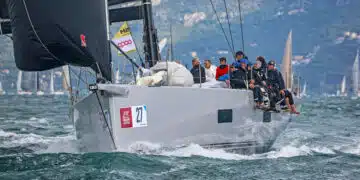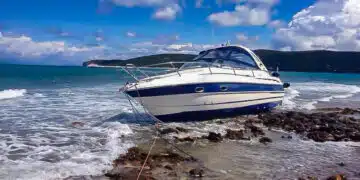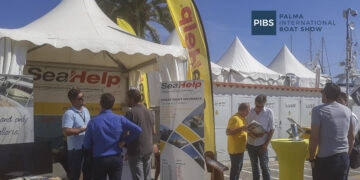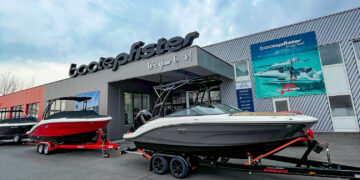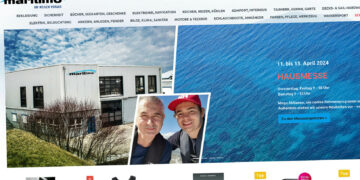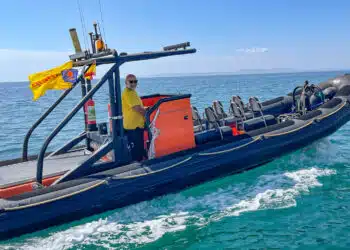The crew could no longer fight against the water ingress and had to abandon the ship. The SeaHelp breakdown service specialists, who were called in the day after the incident, had no choice but to salvage the motor sailer, which had been completely destroyed by the salt water, and tow it to Heiligenhafen.
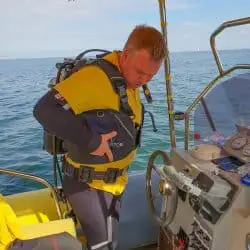
The cause of the engine failure is currently still unclear. However, experts suspect that the “legacies” of the diesel plague may have blocked the fuel supply, because in calm seas the engine ran perfectly. Only when the swell became stronger and the ship turned in the direction of the Heiligenhafen fairway did the engine suddenly stop. At the same time, the skipper noticed a significant rocking. All signs that residues of bacteria stuck to the tank bottom were loosening and then clogging the fuel filter.
Against this background, SeaHelp once again expressly points out that special attention should be paid to the tanks. Nearly 20% of SeaHelp’s operations each season can be attributed to fuel system problems, particularly diesel plague in diesel engines. According to a SeaHelp spokesperson, such incidents could be avoided if tank hygiene was in place.


